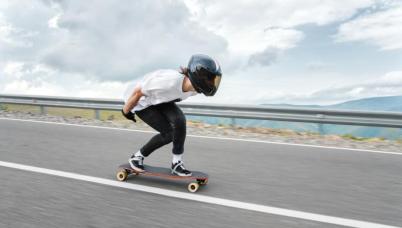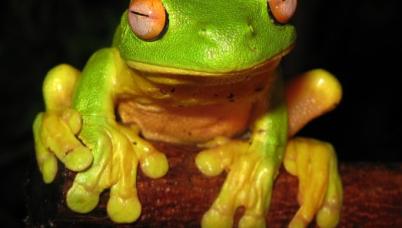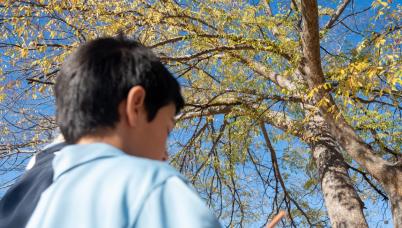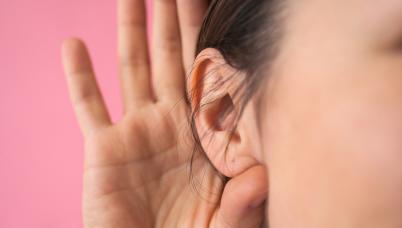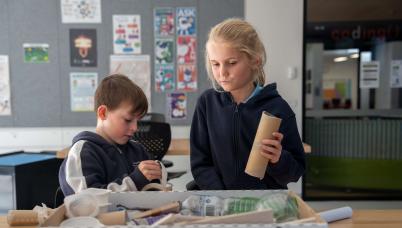Teaching sequences for AC V9
Australian Curriculum-aligned primary science teaching and learning resources. Flexible and adaptable to any classroom setting. Online, downloadable and free.
Filter Teaching Sequences
Make it move!
Students learn about movement, including how they can move, how they can make objects move and how the size, shape and material of an object can affect the way it moves.
Finding features
Students use their senses to explore the external features of plants and animals, and learn how to group plants and animals with similar characteristics. They apply this knowledge to design and make a digital or physical scientific model of a plant or animal.
Survive and thrive
Students learn about the basic needs of plants and animals including humans. They apply this knowledge to design and build a physical or digital diorama of a plant or animal habitat.
Any day outdoors
Students identify daily and seasonal changes and describe ways these changes affect their everyday life. They explore this concept through the context of planning for a picnic or an open-air school-related event.
Sound studio
Students learn about sound energy and how different objects and actions can create different sounds. They apply this knowledge to design and create sound effects for a specific prompt.
Take, shape and create
Students learn about the properties of materials and how materials can be physically changed without changing their inherent properties. They apply this knowledge to design and make a 3D sculpture using repurposed everyday materials.
Making sense of changes
Students learn about the observable properties of solids and liquids and how adding or removing heat leads to a change of state. They apply this knowledge to design and create a sensory experience involving solids, liquids and the adding and removal of heat.
Dig deep
Students learn about the observable properties of soils, rocks and minerals, and their importance as resources. They explore a way to sustainably use or reuse a resource that exists because of soils, rocks or minerals, in a design challenge adapted to their local context.
Scorching swings and slides
Students learn about the transfer of heat, resultant changes in temperature and the conductivity of materials. They explore real-life applications by designing a playground or piece of playground equipment that limits the impacts of heat.
